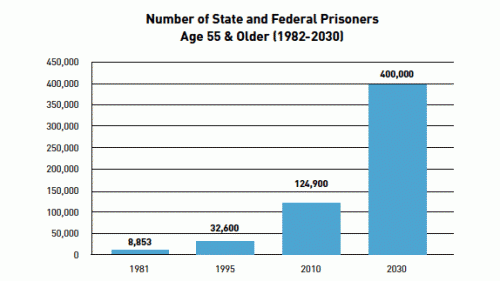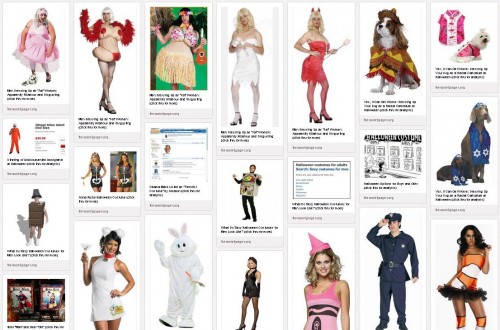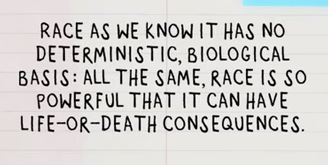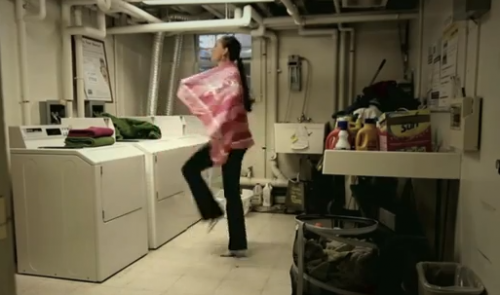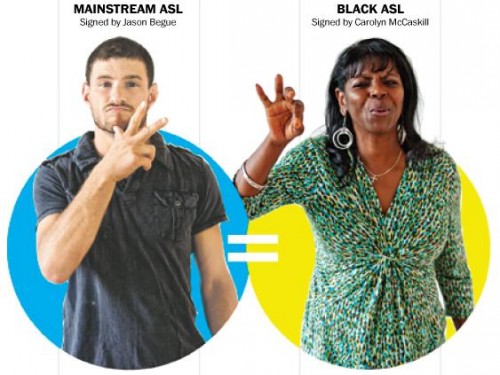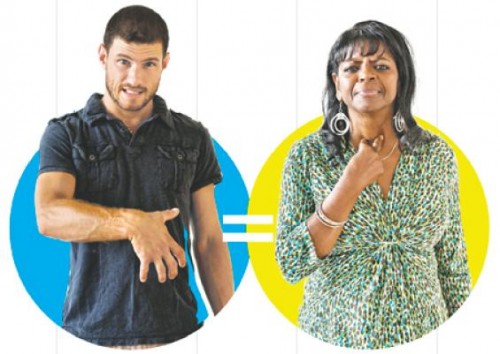 The political humor of Saturday Night Live (SNL) has become a mainstay of modern elections in the United States. The show is especially well known for its impersonations of candidates. However, so far this season SNL’s spoof political advertisement from a fictitious group called Low Information Voters of America is generating the greatest amount of political discussion.
The political humor of Saturday Night Live (SNL) has become a mainstay of modern elections in the United States. The show is especially well known for its impersonations of candidates. However, so far this season SNL’s spoof political advertisement from a fictitious group called Low Information Voters of America is generating the greatest amount of political discussion.
The mock advertisement depicts undecided voters as lacking basic civic knowledge as they ask questions about when the election is held, who is running and whether or not they are an incumbent, how long the president serves, who succeeds the president, and whether or not both sexes can legally vote. SNL presents these few remaining swing voters in a way that implies they might have a problematic amount of influence in a close election.
However, is low information an issue only with just late deciding swing voters, or are they much more prevalent in the United States? A little known Zogby poll conducted in 2006 on a representative sample of adults (+/- 2.9%) in the United States provides some insight about how uniformed voters are by comparing political knowledge to awareness of popular culture.
Whereas 73.8% of respondents correctly named the three stooges; only 42.3% of knew the three branches of the U.S. government. Fifty-six percent knew the name of J.K. Rowling’s Fictional boy wizard; yet only 49.5% correctly identified the Prime Minister of England—and this was during the fallout of Iraq war and Downing Street Memo. Sixty-three percent of those polled could not name one Supreme Court justice; 85% were able to identify at least two of the seven dwarfs. Twice as many respondents (22.6%) knew the last American Idol than the last justice confirmed to the Supreme Court (11.3%).
Democracy needs an informed electorate, although the level of information necessary to maintain an effective republic is open for debate. This poll (which does need to be redone because it is becoming quite dated) finds that many adults in the United States — both the decided and undecided — are more informed about popular culture than politics. Thus, while voters may be “informed enough,” it is still difficult to subjectively claim it is healthy for a democracy to have a populace more knowledgeable about reality television, children’s books and fairy tales than civics.
—————————
Jason Eastman is an Assistant Professor of Sociology at Coastal Carolina University who researches how culture and identity influence social inequalities.

